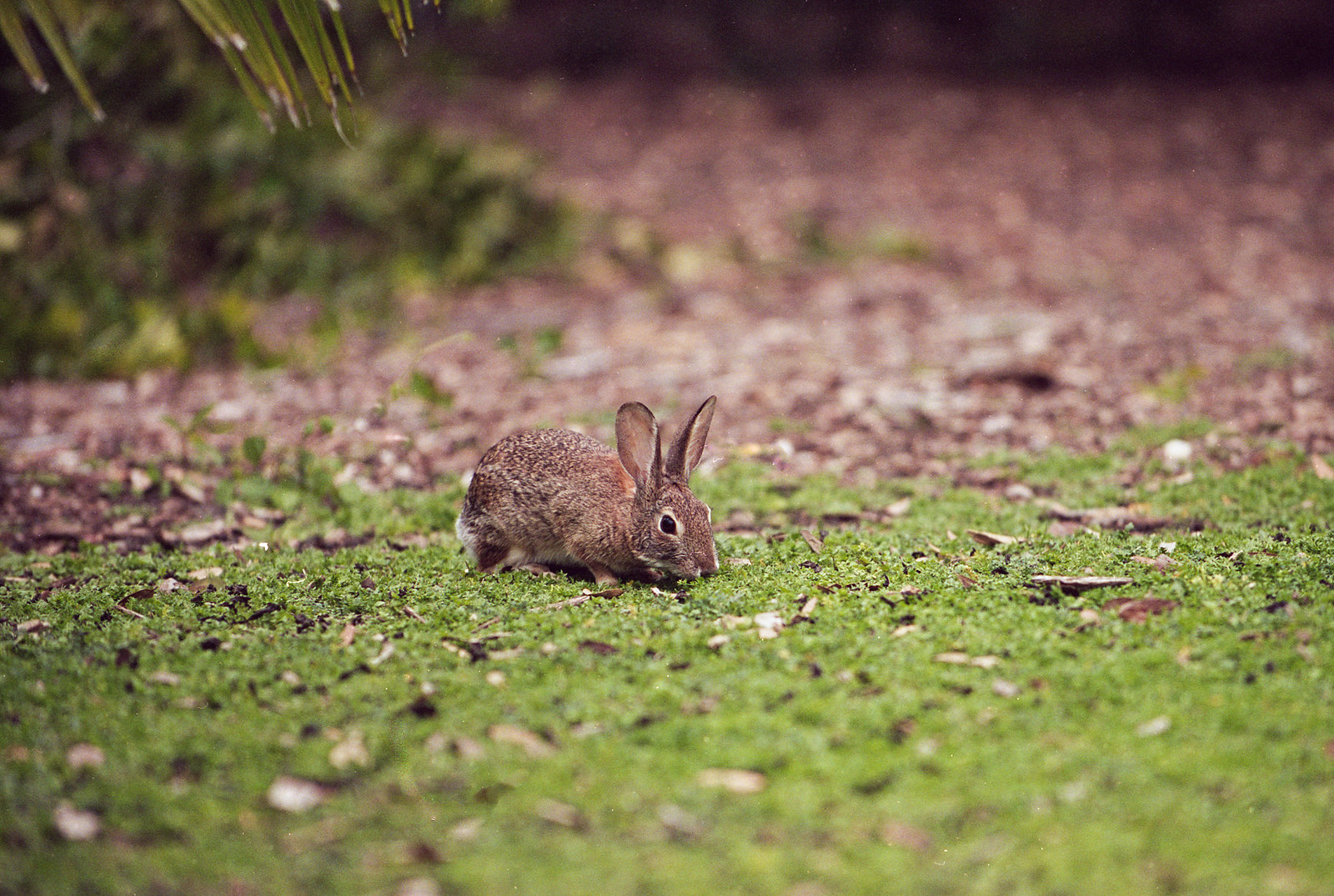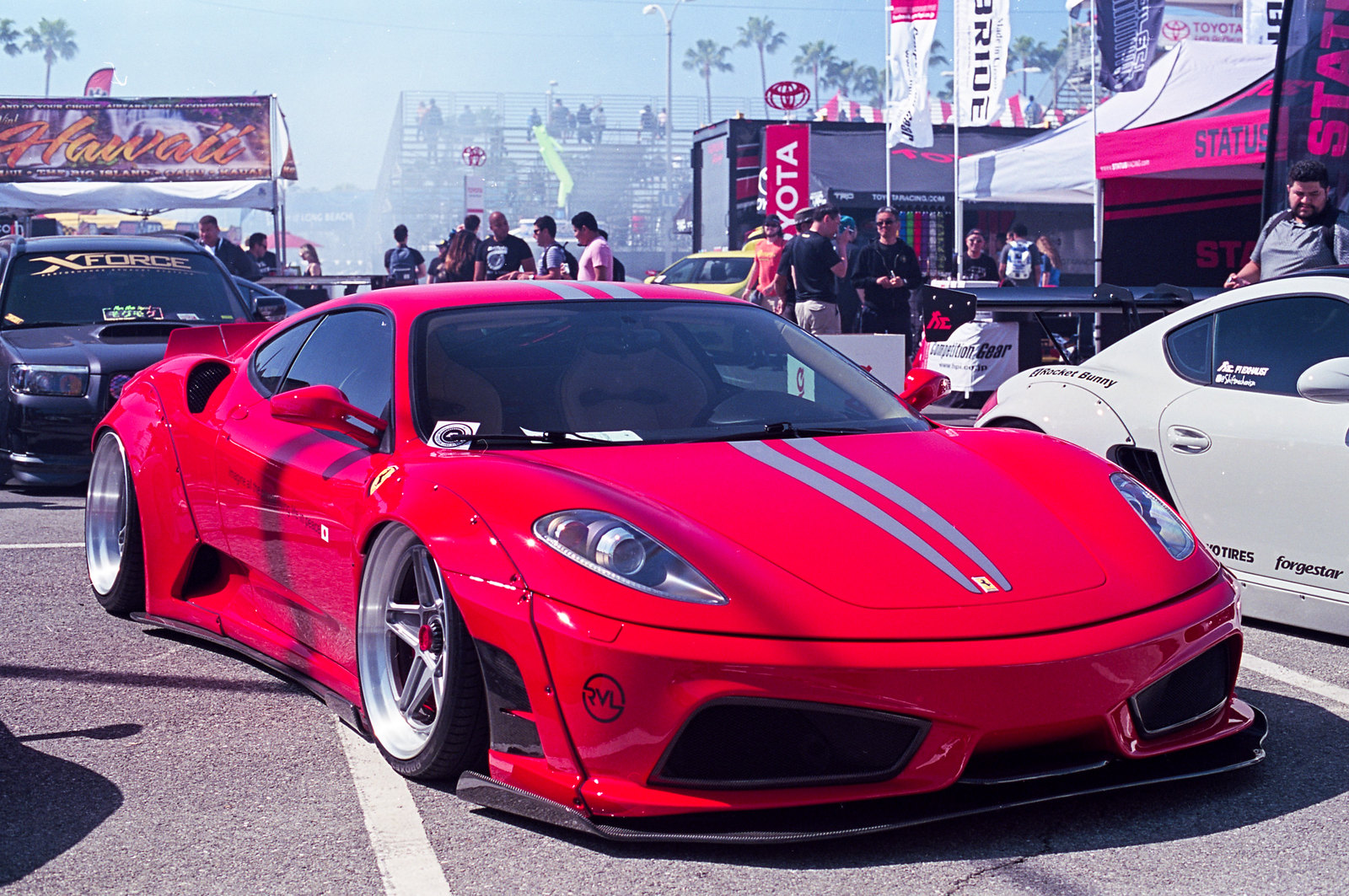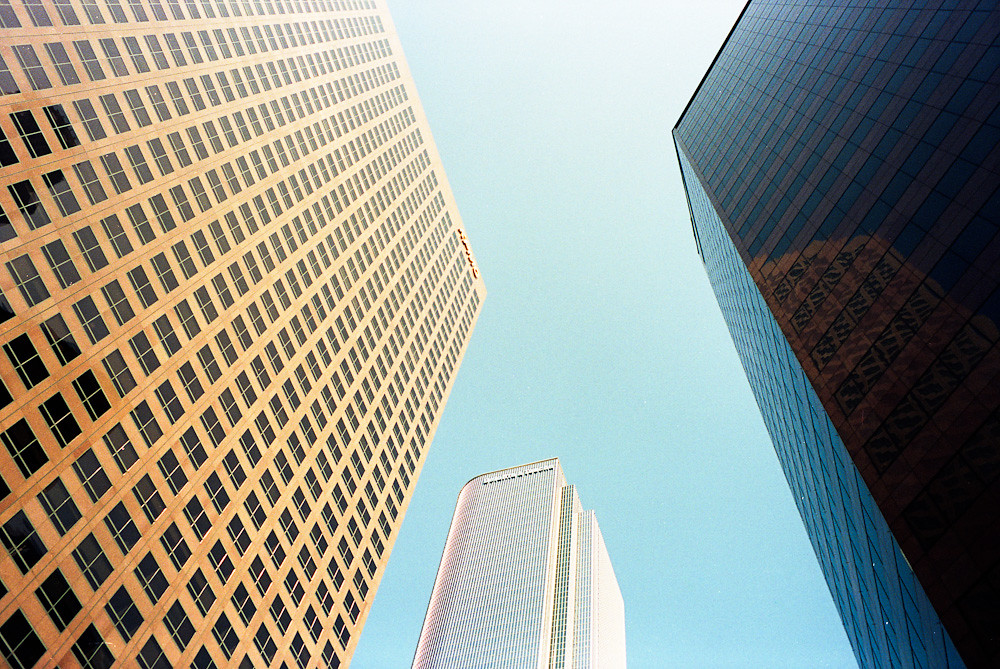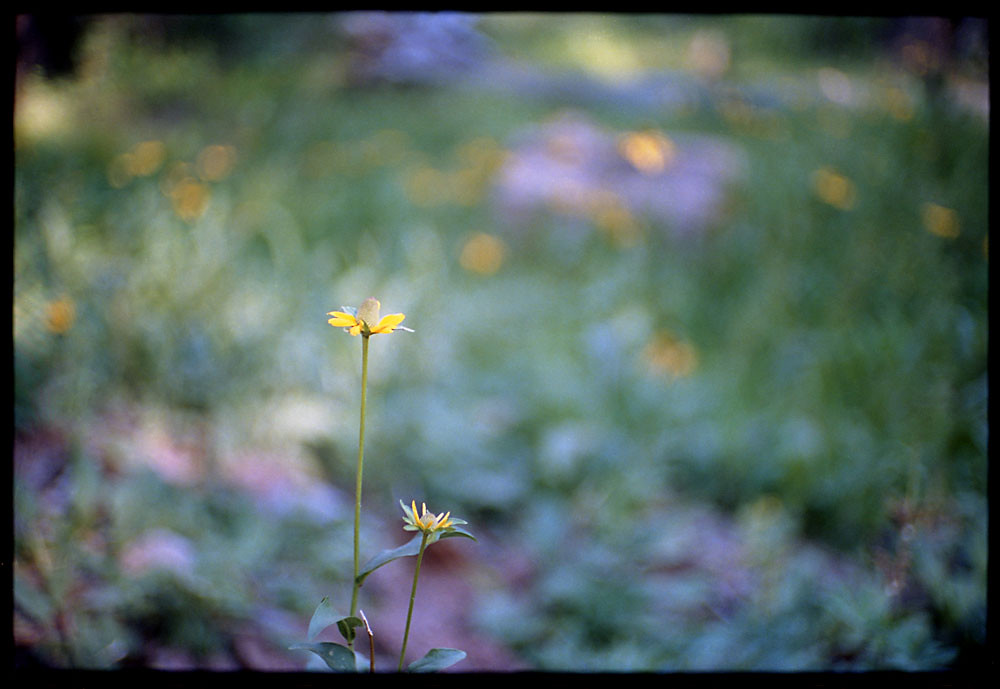jcdeboever
Been spending a lot of time on here!
- Joined
- Sep 5, 2015
- Messages
- 19,868
- Reaction score
- 16,084
- Location
- Michigan
- Can others edit my Photos
- Photos OK to edit
If I get streaks, I just use a clean, fresh, microfiber towel and a puff of breath on the dried negatives and wipe. It works and I haven't scratched any negatives yet. Sometime you have to puff and wipe a few times. I only use that microfiber towel for wiping negatives. You could also re-spool and re-wash in distilled water but I haven't done that.
Tap water works good with HC110, I just run the water until it get 20°C, I have already squirted 22 ml of HC110 in the graduated container, then fill up to 700ml with the tap water, stir well. Then fill up my stop bath container @20°C tap water.
I already have poured my rapid fix in my container and checked it with hypo check, a couple drops is all you need, if the drops turn gray or cloudy, fixer is spent. I always have a fresh, spare rapid fix handy just in case. Rapid fixer is reusable. I use Ilfords because it's on the shelf at camera store.
I've already poured my final wash of distilled water and a couple of drops of dawn dish soap in the container. Then I use two square Tupperware containers and fill them with hot water to warm up the fixer and final wash, I usually do this in between agitations of development. Sometimes it takes a couple fill ups of hot water, depending on my basement temp. Once they hit 20°C to 21° C , I pull them out.
When I get to the wash stage, I run the water until its 20°C and rinse for 5 min on the nose and agitate twice during the wash time. I have read the temp on the wash stage is not critical, TOTALLY WRONG at least with HC110 and TriX. I have logged enough to notice a huge difference in the emulsion, it cups if you wash in cold, hot, or longer than 5 min. 5 min at 20°C makes the film dry nice and flat, no cupping. In the beginning, I had to reverse roll the negatives back into the canister for a day to flatten them out.
I have found, even in a cold basement, that once the product hits 20°C, it stays steady for at least 5 or more minutes.
Mass Dev app works good, although the volume mixer portion doesn't so I go on the website to get my volumes. I have sent emails to them but still not fixed.
You can pick these up at any Automotive paint supply store. This is what I use for stop bath, fixer, and final wash. I use a permanent marker on them to label, stop, fix, wash. Universal Mixing Cups 1 QT 5 PC Set
I have two different size graduated pitchers for developer, one goes up to 1000ml and the other 1500 (for double batch). I picked those up second hand at a camera store.
Tap water works good with HC110, I just run the water until it get 20°C, I have already squirted 22 ml of HC110 in the graduated container, then fill up to 700ml with the tap water, stir well. Then fill up my stop bath container @20°C tap water.
I already have poured my rapid fix in my container and checked it with hypo check, a couple drops is all you need, if the drops turn gray or cloudy, fixer is spent. I always have a fresh, spare rapid fix handy just in case. Rapid fixer is reusable. I use Ilfords because it's on the shelf at camera store.
I've already poured my final wash of distilled water and a couple of drops of dawn dish soap in the container. Then I use two square Tupperware containers and fill them with hot water to warm up the fixer and final wash, I usually do this in between agitations of development. Sometimes it takes a couple fill ups of hot water, depending on my basement temp. Once they hit 20°C to 21° C , I pull them out.
When I get to the wash stage, I run the water until its 20°C and rinse for 5 min on the nose and agitate twice during the wash time. I have read the temp on the wash stage is not critical, TOTALLY WRONG at least with HC110 and TriX. I have logged enough to notice a huge difference in the emulsion, it cups if you wash in cold, hot, or longer than 5 min. 5 min at 20°C makes the film dry nice and flat, no cupping. In the beginning, I had to reverse roll the negatives back into the canister for a day to flatten them out.
I have found, even in a cold basement, that once the product hits 20°C, it stays steady for at least 5 or more minutes.
Mass Dev app works good, although the volume mixer portion doesn't so I go on the website to get my volumes. I have sent emails to them but still not fixed.
You can pick these up at any Automotive paint supply store. This is what I use for stop bath, fixer, and final wash. I use a permanent marker on them to label, stop, fix, wash. Universal Mixing Cups 1 QT 5 PC Set
I have two different size graduated pitchers for developer, one goes up to 1000ml and the other 1500 (for double batch). I picked those up second hand at a camera store.
Last edited:

 I still quite liked it, so Ill upload it when I get home again, while Im scanning in the negatives from the Portra.
I still quite liked it, so Ill upload it when I get home again, while Im scanning in the negatives from the Portra.

 Bunny
Bunny Ferrari f430 Liberty Walk
Ferrari f430 Liberty Walk













